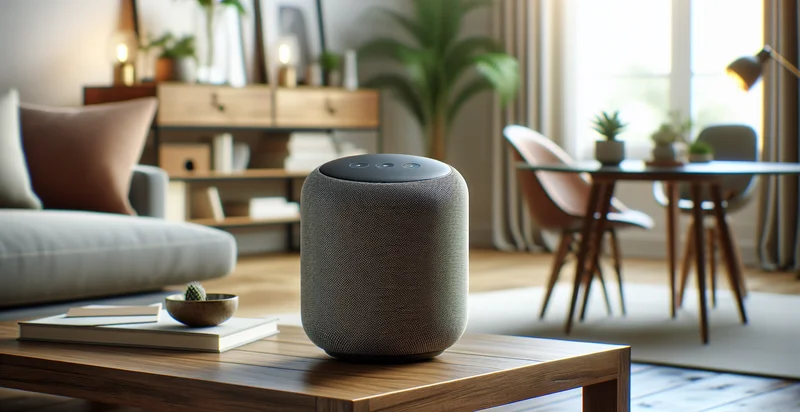Identify web browser brands
using AI
Below is a free classifier to identify web browser brands. Just upload your image, and our AI will predict which web browser brand it is - in just seconds.

Contact us for API access
Or, use Nyckel to build highly-accurate custom classifiers in just minutes. No PhD required.
Get started
import nyckel
credentials = nyckel.Credentials("YOUR_CLIENT_ID", "YOUR_CLIENT_SECRET")
nyckel.invoke("web-browser-brands", "your_image_url", credentials)
fetch('https://www.nyckel.com/v1/functions/web-browser-brands/invoke', {
method: 'POST',
headers: {
'Authorization': 'Bearer ' + 'YOUR_BEARER_TOKEN',
'Content-Type': 'application/json',
},
body: JSON.stringify(
{"data": "your_image_url"}
)
})
.then(response => response.json())
.then(data => console.log(data));
curl -X POST \
-H "Content-Type: application/json" \
-H "Authorization: Bearer YOUR_BEARER_TOKEN" \
-d '{"data": "your_image_url"}' \
https://www.nyckel.com/v1/functions/web-browser-brands/invoke
How this classifier works
To start, upload your image. Our AI tool will then predict which web browser brand it is.
This pretrained image model uses a Nyckel-created dataset and has 16 labels, including Apple Safari, Brave, Duckduckgo Browser, Fold Browser, Google Chrome, Internet Explorer, Maxthon, Microsoft Edge, Mozilla Firefox and Opera.
We'll also show a confidence score (the higher the number, the more confident the AI model is around which web browser brand it is).
Whether you're just curious or building web browser brands detection into your application, we hope our classifier proves helpful.
Related Classifiers
Need to identify web browser brands at scale?
Get API or Zapier access to this classifier for free. It's perfect for:
- Market Research Analysis: Companies can utilize the false image classification function to analyze web browser brand usage among different demographics. By identifying brand preferences, businesses can tailor their marketing strategies and product development to meet the needs of specific user segments.
- Ad Targeting Optimization: Digital advertisers can improve their ad targeting by using this function to classify users based on their web browser brands. This data enables precise ad placements and enhances the effectiveness of campaigns by reaching users who are more likely to resonate with the advertised products.
- Competitive Benchmarking: Businesses can employ the classification tool to benchmark their online performance against competitors that use different browsers. Understanding which browsers are popular among the target audience can inform strategic decisions to optimize website performance and reach.
- User Experience Personalization: E-commerce platforms can leverage the tool to customize user experiences based on the browser brand. By identifying browser types, companies can adjust their interface, loading times, and functionalities to ensure improved user engagement and satisfaction.
- Fraud Detection: Security firms can integrate this false image classification function to help detect and prevent fraudulent activities by analyzing browser brand usage patterns. Identifying anomalies in browser usage can assist in flagging suspicious accounts or transactions for further investigation.
- Website Analytics Enhancement: Webmasters and analysts can enrich their analytics by incorporating browser brand data into their performance metrics. This insight can help identify technical issues or compatibility problems unique to certain browsers, thus improving overall website reliability.
- Customer Support Insights: Customer support teams can use the classification data to anticipate user issues based on the browser brand they are using. This predictive capability allows support staff to tailor their troubleshooting advice, improving resolution times and customer satisfaction.


